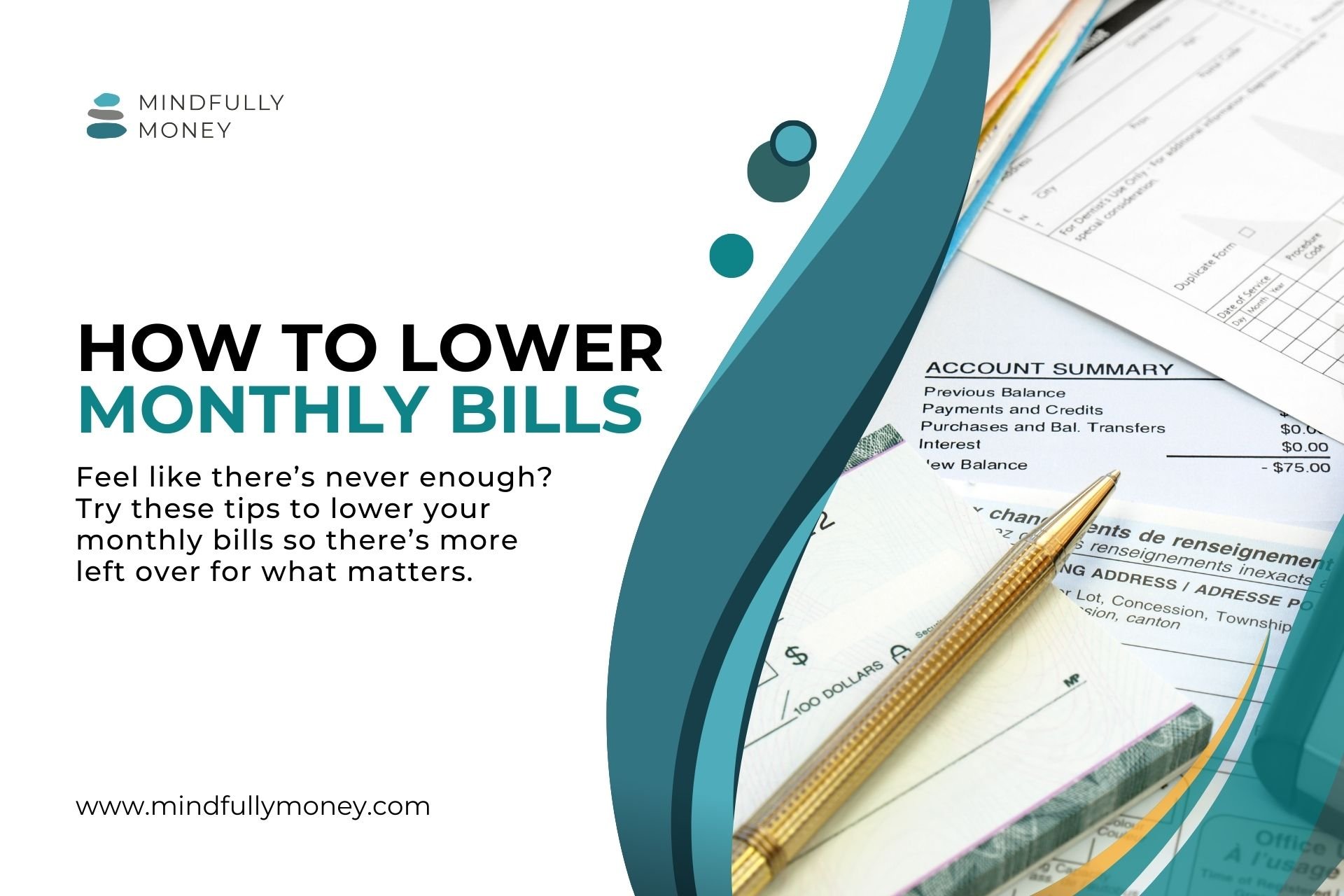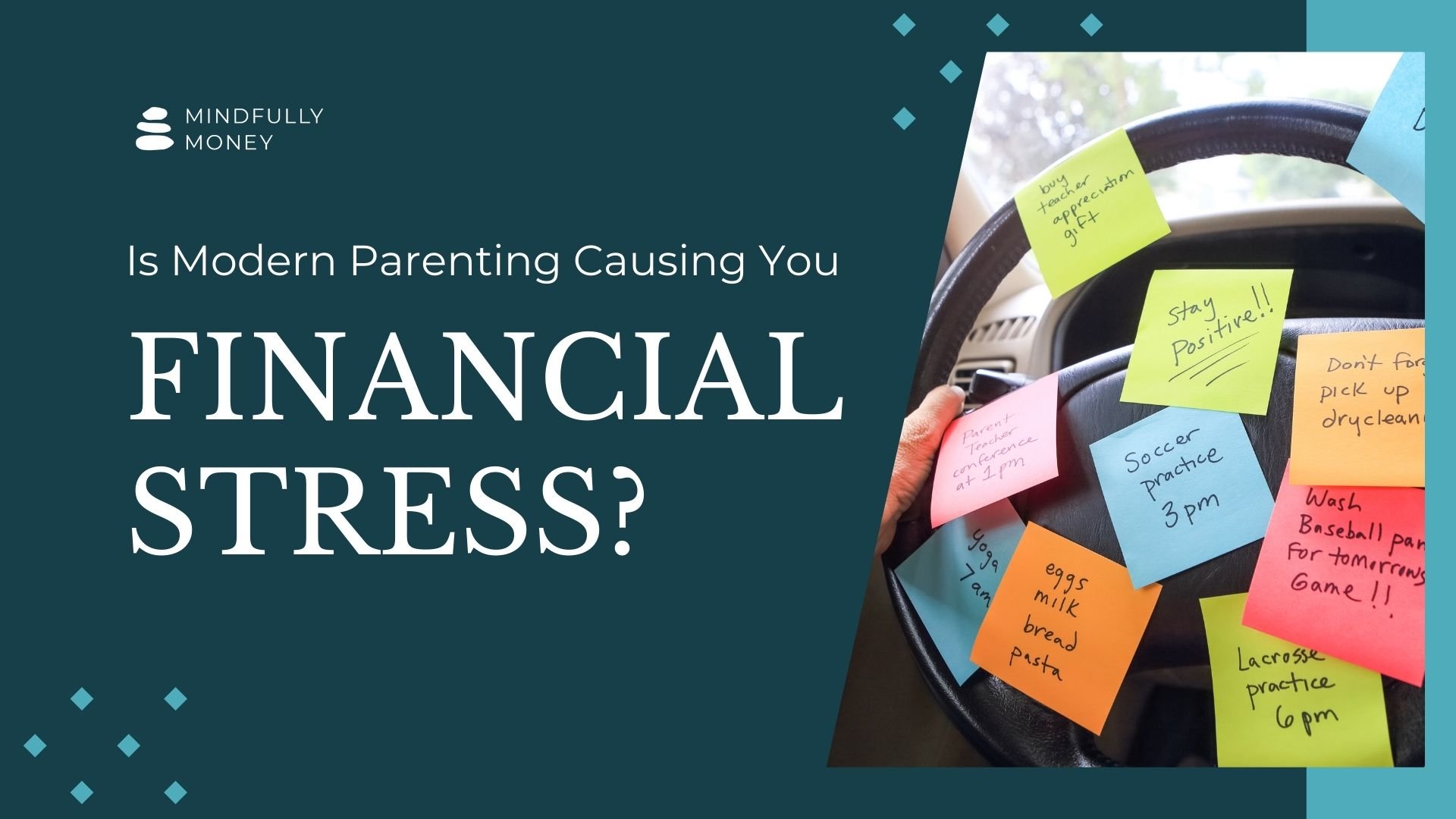What to Do When Your Investments Take a Nosedive
I’m so disappointed. I just dumped $40,000 into the market yesterday... almost our entire life savings from the sale of our house. 5 seconds after I dumped it in, I had lost quite a few hundred. It’s down almost 2% already today. It’s frustrating that had I waited one day or dollar cost averaged, we could be 2% or almost $1000 richer. It feels like gambling. And it’s so hard to see your life savings decrease in front of your eyes. I grew up poor and it feels like lighting a month of necessities on fire, knowing how much it’s gone down would have fed and housed my family growing up. -worried first time investor
There’s nothing like the feeling of putting money in the stock market and watching the value crash. We’ve all been there—even the best investors experience this at times. And even if you know that you’re in it for the long term and that this is normal, it can still make you feel like a complete failure.
The story above, which I found online and edited a bit, shows just how much investing is a mental game. In order to grow our money and keep it from losing value over time due to inflation, we have to invest.
Yet it is not an easy thing to do.
Even though not investing comes with it’s own risks, it feels riskier to put your money on the roller coaster that is the stock market, especially when you don’t have that much to begin with.
Investing does require a mindset shift and change in perspective, so here are some tips to help you adjust your thinking so you can weather the stock market fluctuations without losing your mind.
What to do when your investments are down
1. Remember that you haven’t actually lost any money yet because you haven’t sold the investments.
The amount you see when you log in is what you would be able to get if you sold the investment today, but you still own the same number of shares that you owned yesterday. If you don’t sell those shares at the lower price, you haven’t actually lost money.
2. Adopt a long term perspective.
Investing is a long game. The stock market fluctuates in the short term, but over the course of history has always gone up over longer periods of time. Of course, historical trends don’t guarantee future results, but something pretty big would have to happen for that to change.
This is why you don’t invest money in the stock market that you will need in the short(er) term. There’s no set-in-stone time guideline because it all depends on current trends, but experts generally recommend not investing money needed within five years because you might end up having to take it out in the middle of a downturn.
3. Stop looking regularly.
When you’re investing for the long term, there’s no reason to check your investments on a daily basis. It will only make you crazy. You don’t need this money for a long time, so just leave it alone and let it do its thing. With a good investment strategy, you should only need to check in a couple times per year at most.
4. Understand the difference between investing and gambling.
You invest because you believe that the economy will keep growing and creating value. Companies will keep producing items and selling new products and earning more money. Investing is a way to help that happen (by making more resources available to those companies) and a way for you to participate in the profits and growth of that company. Gambling, on the other hand, is about taking a risk with the hope that you make a quick buck. It’s because you think you’re lucky, not because you have reason to believe that something will do well. The stock market has always trended upward. Of course, that’s no guarantee that it will always do so, but you have reason to believe that companies will keep producing and growing. That’s why you invest.
5. Know that hindsight is 20/20.
Every year when I dump $6000 in my Roth IRA, I wonder if I should invest it with dollar cost averaging over time or if I should invest it all at once. The reality is that you just never know what will be the right decision. Some years investing it all at once was a good idea and sometimes it wasn’t. You can’t beat yourself up about the decision because in the long term, it probably won’t matter that much. It’s much more important to focus on getting invested at all than to worry about exact timing.
6. Make sure you have a solid investment strategy that diversifies risk and is appropriate for your level of risk tolerance.
It’s okay to have a more conservative strategy, especially as you get used to the idea of investing. Work with a financial planner to develop a strategy that is right for you. The added benefit of financial advisors is that they can coach you through these downturns and remind you of the bigger picture.
7. Remember that not investing also comes with risks.
Primarily, the risk that inflation will erode the purchasing power of your money (you’ll be able to afford less with the same amount), and the risk that your money won’t grow enough to pay for your future expenses. You need your money to be invested so you’ll have enough in retirement.
Investing with the right mindset takes a lot of intentionality and practice. You’re going to have to continue telling yourself the above things over and over. Eventually you will believe it and stop worrying about every little thing. Be patient with yourself as you learn this new way of thinking.












